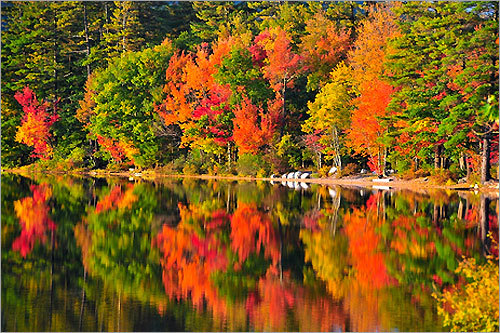 Buying land isn't enough. Building parks won't get it done. Restoring forests and wetlands by themselves is not an answer. Successful conservation requires a comprehensive, regional approach.
Buying land isn't enough. Building parks won't get it done. Restoring forests and wetlands by themselves is not an answer. Successful conservation requires a comprehensive, regional approach. Landscape conservation means looking beyond property boundaries and political jurisdictions. A holistic perspective is vital for managing watersheds and habitats and addressing long-term issues such as climate change. With funding scarce, it's also crucial to build partnerships that can set mutual priorities, share resources and collaborate effectively.
As the population grows and development expands, conservation needs to help shape - and not simply react to - decisions about land use and urban infrastructure.
To help landscape conservation succeed, Regional Plan Association and its national planning program, America 2050, have written a report examining initiatives throughout the Northeast and making recommendations for improving conservation efforts that stretch across city and state boundaries.
"Landscapes: Improving Conservation Practice in the Northeast Megaregion" is the result of a two-year-long research effort to study how multi-jurisdictional and multi-objective programs are protecting land and water, and addressing the critical challenges to conservation, including urban growth, creation of transportation and energy infrastructure, limited funding and climate change.
Read the Release | Read the Report (Web) (Print) | Read the Project Summary


